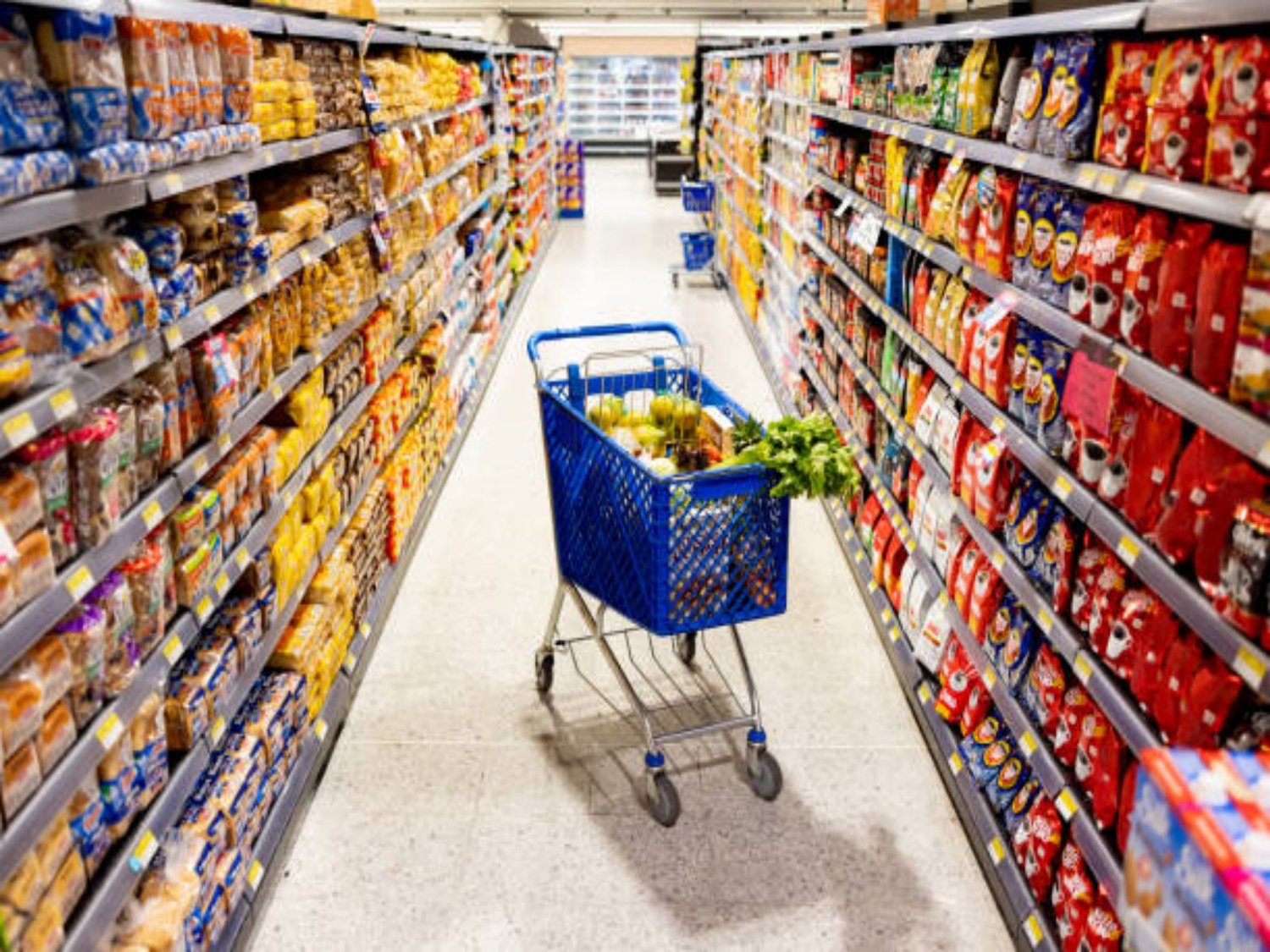Table of Contents

Supermarket Shelf Space Optimization: Maximizing Efficiency in Tight Areas
Introduction:
In a highly competitive retail industry, every inch of supermarket shelf space is valuable. Maximizing efficiency in tight areas can help supermarkets increase sales, improve customer experience, and optimize their overall operations. This article explores various strategies and techniques for supermarket shelf space optimization.
1. Analyzing Sales Data and Consumer Behavior
Understanding sales data and consumer behavior is crucial for supermarket shelf space optimization. By analyzing sales data, supermarkets can identify the best-selling products and allocate more shelf space accordingly. Similarly, studying consumer behavior can provide insights into purchasing patterns, allowing supermarkets to strategically place products in high-traffic areas.
2. Implementing Planograms
Planograms are visual representations of how products should be arranged on supermarket shelves. By following planograms, supermarkets can ensure efficient use of shelf space. Planograms consider factors such as product size, category adjacency, and visual appeal to create an optimized layout that maximizes sales potential.
3. Utilizing Vertical Space
When shelf space is limited, it's essential to think vertically. Supermarkets can utilize vertical space by incorporating tall shelving units and utilizing hooks or hanging displays. This allows for more products to be displayed within the same area, increasing the variety and availability of items for customers.
4. Categorizing Products Effectively
Effective categorization of products can significantly improve supermarket shelf space optimization. By grouping related products together, supermarkets can enhance the shopping experience for customers, making it easier for them to find what they need. Clear signage and labels can further aid in efficient navigation through different product categories.
5. Implementing Cross-Merchandising Strategies
Cross-merchandising involves placing complementary products together to encourage additional purchases. For example, placing chips and salsa in close proximity can prompt customers to buy both items. By strategically implementing cross-merchandising strategies, supermarkets can optimize shelf space and increase overall sales.
6. Regularly Reviewing and Adjusting Shelf Layout
Supermarket shelf space optimization is an ongoing process. Regularly reviewing and adjusting the shelf layout is essential to ensure maximum efficiency. By analyzing sales data, monitoring customer preferences, and staying updated with market trends, supermarkets can make informed decisions about shelf space allocation and adjust their layouts accordingly.
7. Using Technology for Space Optimization
Technology plays a crucial role in supermarket shelf space optimization. Supermarkets can leverage advanced software and analytics tools to analyze sales data, track customer behavior, and generate data-driven insights. This enables supermarkets to make informed decisions about shelf space allocation, product placement, and overall store layout.
8. Optimizing Checkout Areas
Checkout areas are often overlooked when it comes to shelf space optimization. By strategically placing high-margin products near checkout counters, supermarkets can encourage impulse purchases and maximize sales. Additionally, optimizing the layout of checkout areas can improve customer flow and reduce congestion, enhancing the overall shopping experience.
9. Collaborating with Suppliers
Collaborating with suppliers is a valuable strategy for supermarket shelf space optimization. By working closely with suppliers, supermarkets can ensure timely restocking, efficient product delivery, and effective utilization of shelf space. This collaboration can also lead to innovative merchandising strategies and mutually beneficial promotional activities.
10. Regular Maintenance and Cleaning
Maintaining a clean and organized supermarket is crucial for shelf space optimization. Regular maintenance and cleaning help ensure that products are displayed neatly, shelves are well-stocked, and expired or damaged items are promptly removed. This not only enhances the shopping experience but also maximizes the efficiency of supermarket shelf space.
